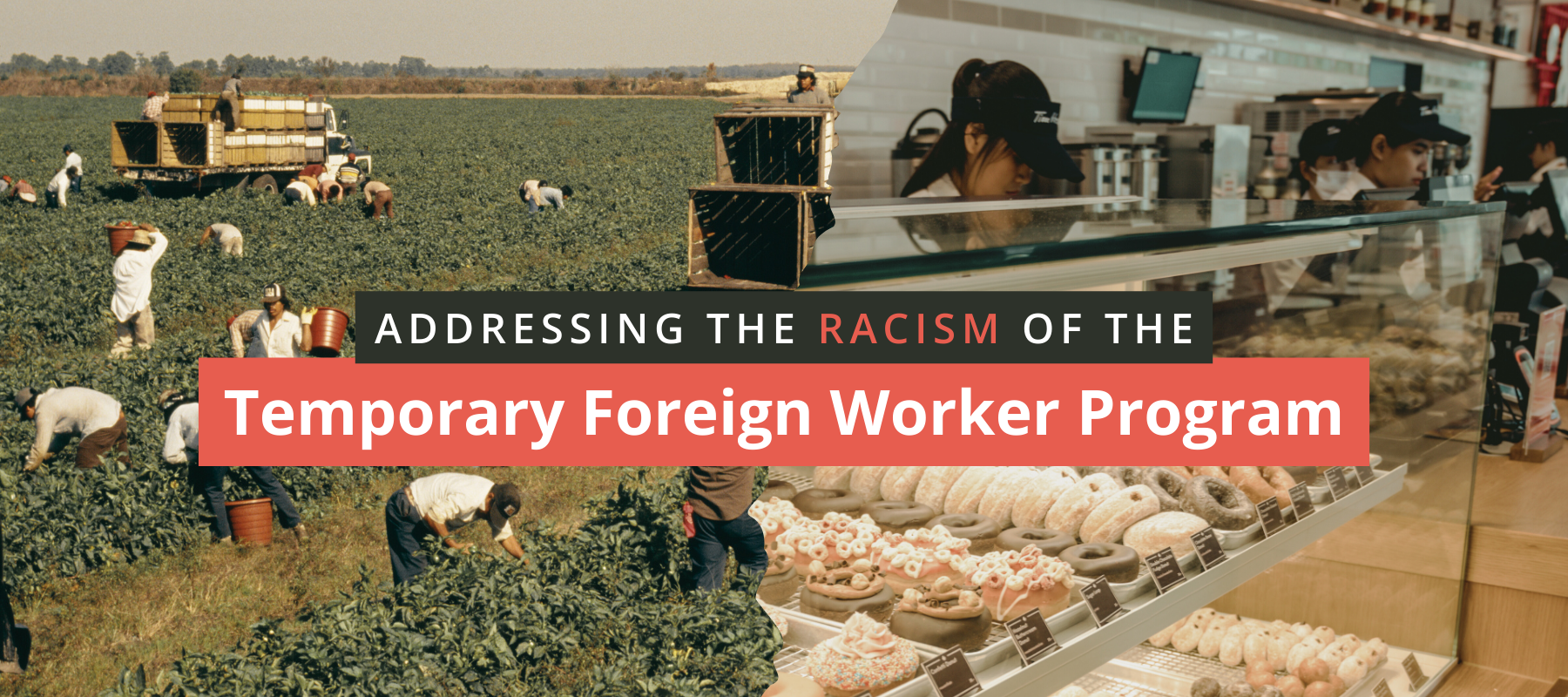Temporary foreign workers policy lets low wage firms have their cake and eat it too
One point that has been highlighted by the recent controversy over Temporary Foreign Workers (TFWs) is that firms can be profitable with very different approaches to wages and worker turnover. On one side of the spectrum are companies such as Lee Valley Tools, which treats its employees well in terms of wages, benefit, and training, and has famously low turnover rates. On the other are firms that pay relatively low wages on jobs with little to recommend them in terms of benefits, the environment in the workplace, or chances for advancement.
This dichotomy is present even in the fast food industry, which we are used to thinking of as low wage and high turnover. In the US, In-N-Out Burger runs on a model with higher wages, benefits, and chances to move into management – a model that has been called “professionalizing fast food” . The result is lower worker turnover than other fast food firms. The chain competes successfully with the bigger fast food chains in California and other western States.
How can both types of firms co-exist in the same market? The answer is that they both make profits, but in different ways. The higher wage and benefits model means the firm makes less profit on any given day a worker is on the job but that’s made up for by lower job turnover. Essentially, the firm doesn’t have to spend as much constantly looking for and training new workers. The workers who stick with the firm also become more productive and allow the firm to operate more efficiently.
In contrast, at the low wage/no benefits firm, the firm earns more profits from each hour a worker is on the job but this is offset by costs associated with having workers who aren’t as committed to the job and with turnover. The firms pay wages and set up conditions in the workplace as if there will be a lot of turnover, and that becomes a self-fulfilling prophecy.
That both types of firms compete side-by-side implies that both routes to earning profits can work. The firms and their shareholders may be indifferent about which type of labour relations to implement. But that does not mean society is indifferent. For a well-functioning society that supports worker well-being, the good jobs/low turnover model is clearly preferable. The question we should ask is what policies could induce firms to adopt that model.
This brings us back to TFWs. What this policy does is allow firms to operate low wage and benefit workplaces without worrying about turnover costs. Because the TFWs will be forced to leave Canada if they quit the firm that brought them in, firms can be sure they will not face turnover problems. This is revealed in comments from fast food firm owners in the last few weeks. They argue that Canadian workers don’t work hard enough and are unreliable (that is, are prone to leaving). The TFWs, on the other hand, are touted as committed and hard working workers. But this is exactly what one would expect if a firm operates by offering bad jobs: the workers who can quit (the Canadians) do so while those who cannot appear all the better in comparison.
The important point from a policy perspective is that the TFW policy lets low wage firms have their cake and eat it too. The higher wage and benefits approach can’t compete with the low wage/low benefits approach when the latter doesn’t include the offsetting cost of higher turnover. Thus, the policy provides a clear incentive for more firms to adopt a bad jobs model. The low skilled component of the TFW programme should be ended. Period.
Topics: Employment & labour

